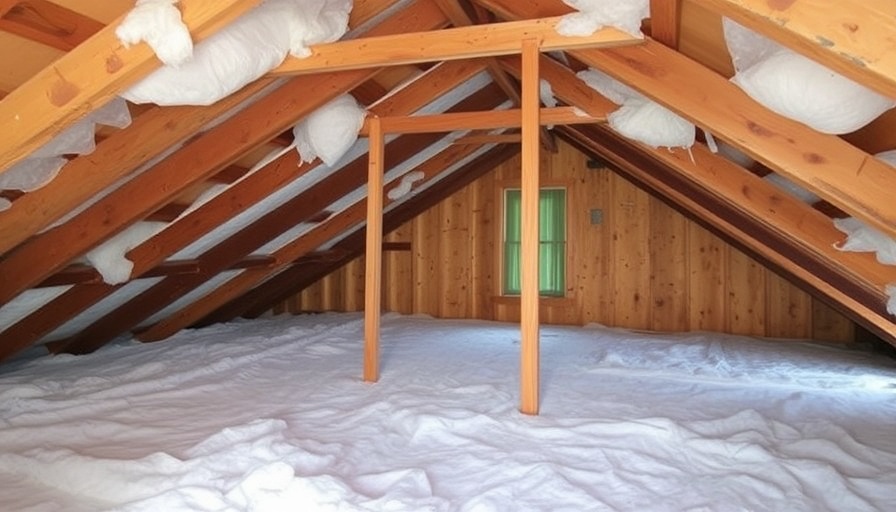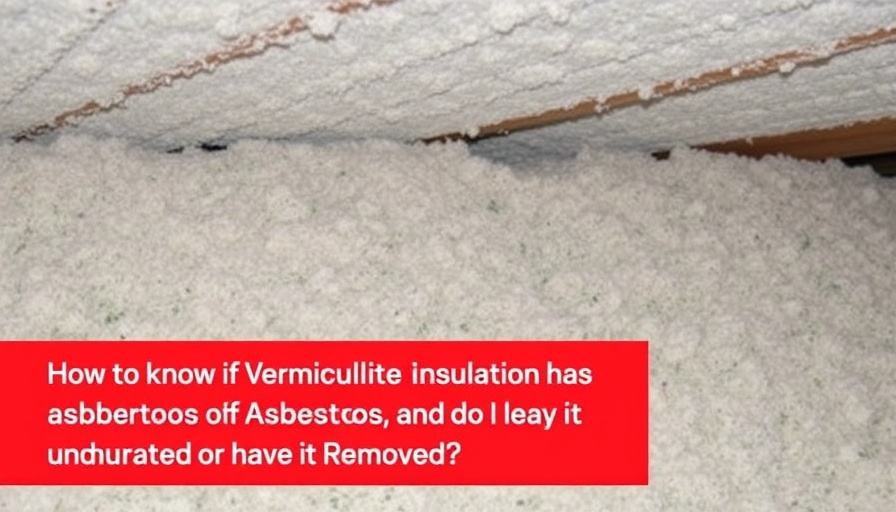
Understanding the Importance of Attic Insulation
Old homes in London possess a unique charm, often constructed with traditional materials and architectural styles. However, their energy efficiency can significantly lag behind modern homes, leading to higher energy bills and a less comfortable living environment. Insulating attics is a valuable renovation strategy that not only improves energy efficiency but also enhances overall comfort and property value. With rising energy costs and increasing awareness of sustainability, homeowners can capitalize on the opportunity to optimize their attics.
Historical Context of Insulation in Heritage Buildings
Many older structures, particularly those in historical districts, were designed without modern insulation techniques. Their architecture lacks the necessary barriers against heat loss and gain. This absence of insulation contributes to a significant portion of energy waste. Renovating these spaces by adding proper insulation can bridge the gap between maintaining aesthetic authenticity and embracing energy efficiency. It encourages a sustainable approach to renovation that honors the past while looking towards the future.
Choosing the Right Insulation Material for Your Attic
When considering attic insulation, the choice of material is crucial. Options range from traditional fiberglass batts to more eco-friendly alternatives like cellulose or spray foam. Each has its advantages, but considering factors such as environmental impact, R-value (thermal resistance), and budget are essential. For instance, cellulose insulation—made from recycled paper—offers excellent thermal performance and is a sustainable choice. Homeowners should carefully assess their options, weighing long-term benefits against initial costs.
Addressing Safety: Vermiculite and Asbestos
One of the challenges when upgrading attic insulation in older homes is the potential presence of vermiculite, which often contains harmful asbestos. Homeowners must be vigilant in assessing existing insulation before proceeding with renovations, ensuring safety protocols are in place. Professionals recommend having insulation tested and, if necessary, hiring trained experts for safe removal. Recognizing the hazards posed by these materials is pivotal for the health and safety of all home occupants.
The Insulation Process: Best Practices
Proper installation of attic insulation entails meticulous attention to detail. This begins with air sealing to prevent drafts that can undermine insulation effectiveness. Next, it’s vital to follow best practices for installing insulation—ensuring that batts fit snugly without gaps, and that ventilation channels remain clear to facilitate air movement. Adequate ventilation is essential in winter months to avoid moisture build-up, which can lead to mold and structural damage over time.
Future Predictions: The Role of Renewable Energy in Home Renovations
As the urgency for sustainable living increases, homeowners should also consider integrating renewable energy solutions during attic renovations. Implementing solar energy systems can serve dual purposes—sustaining energy needs while enhancing property value. Innovations such as solar roof tiles present an attractive option that aligns well with the environmentally-conscious renovation strategy.
Common Misconceptions Around Attic Insulation
Despite the potential benefits, many homeowners harbor misconceptions about attic insulation. A prevalent myth is that adding more insulation always leads to better energy efficiency. However, excessive insulation without appropriate ventilation can create moisture issues, leading to wood rot and mold growth. Understanding the right balance is critical for achieving optimal results in energy efficiency.
Next Steps: Implementing Your Attic Insulation Project
Homeowners in London can take actionable steps by consulting experts in sustainable renovation. Schedule assessments to understand the best insulation materials and methods for your specific home design. Assess ideal integration with existing elements while preserving architectural integrity.
Ready to enhance your home’s energy efficiency through attic insulation? Contact local professionals who specialize in eco-renovations to guide you through updating your historic space while ensuring comfort and efficiency in every corner.
 Add Row
Add Row  Add
Add 




Write A Comment